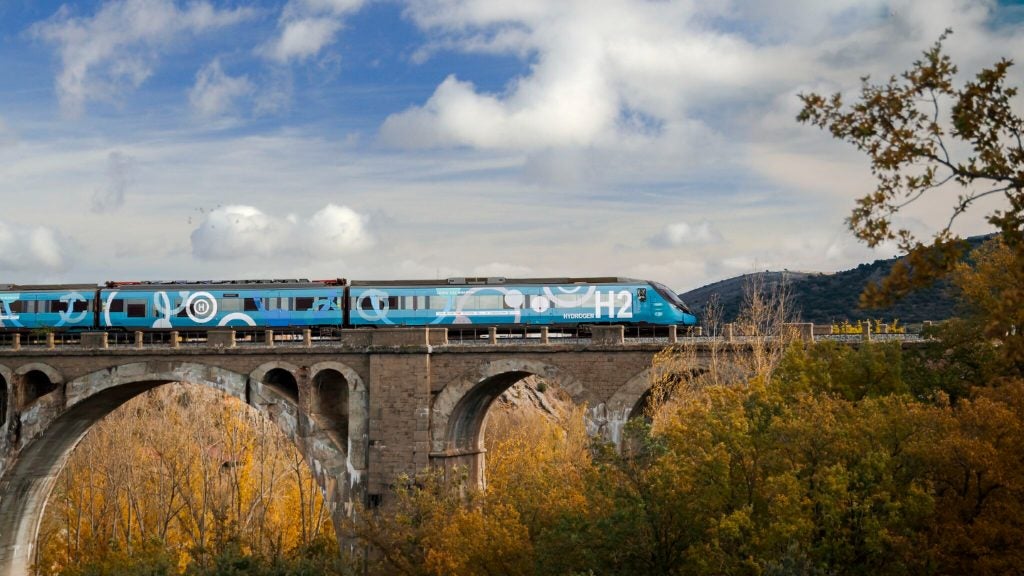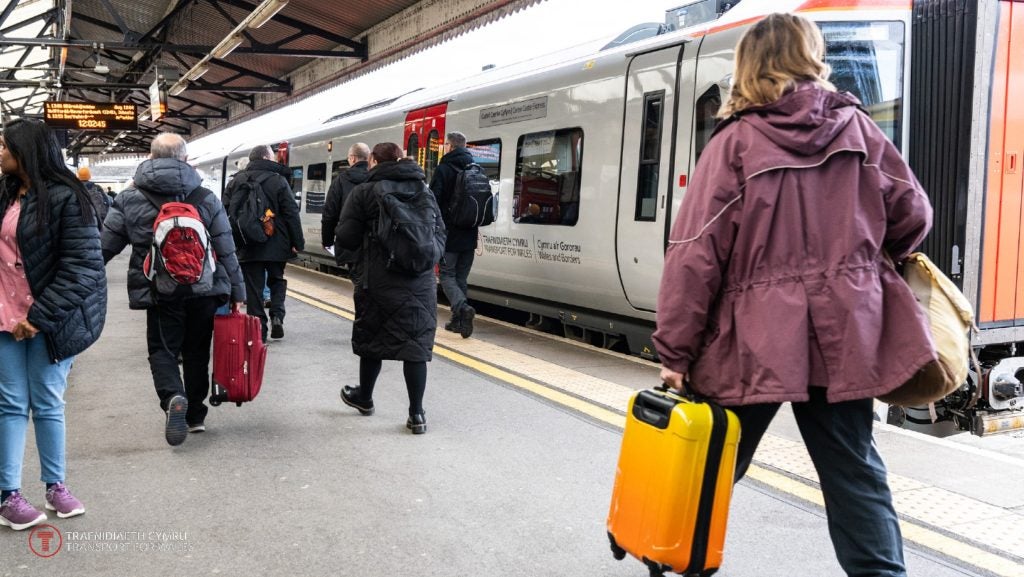To be run by the SNCF’s local subsidiary OUIGO España, these trains have been adapted by Alstom and SNCF to operate on Spain’s high-speed rail network.
The conversion project was finished in 17 months, including the industrialisation of signalling equipment, design, and incorporation into the current train.
Another ten trains are currently undergoing conversion for operating on numerous high-speed routes such as the Madrid-Valencia and Madrid-Alicante routes and later on Andalusia (Madrid-Seville and Madrid-Malaga).
After completion, OUIGO España will operate around 14 trains for five destinations, namely Barcelona, Seville, Valencia, Alicante, and Malaga, from Madrid.
At the time of conversion, Alstom designed and installed onboard signalling equipment architecture on the basis of its European Rail Traffic Management System (ERTMS) solution Atlas.
The company claimed that the solution will make Avelia Euroduplex trains compliant for getting approval for Spanish infrastructures.
How well do you really know your competitors?
Access the most comprehensive Company Profiles on the market, powered by GlobalData. Save hours of research. Gain competitive edge.

Thank you!
Your download email will arrive shortly
Not ready to buy yet? Download a free sample
We are confident about the unique quality of our Company Profiles. However, we want you to make the most beneficial decision for your business, so we offer a free sample that you can download by submitting the below form
By GlobalDataAlstom France president Jean-Baptiste Eymeoud said: “The implementation of this project is further proof of the confidence international operators have in Alstom’s main line signalling system in Europe while indicating our ability to guide these operators towards the success of their expansion plans in European rail markets that are open to competition.”
Alstom’s digital mobility experts in France’s Saint-Ouen developed and authenticated the new signalling equipment architecture.
The company’s Belfort site is being used for train testing and power cars conversion, with the assistance of the component sites in Villeurbanne.
In addition, Tarbes carried out the modification of the wiring harnesses while Le Creusot was responsible for changing the onboard signalling sensors on the bogies.
This project is being led by Alstom’s site in La Rochelle.
Last week, Alstom secured a new contract from French public transport operator Régie Autonome des Transports Parisiens to supply its automatic I-CBTC train operation system for Paris Metro.






